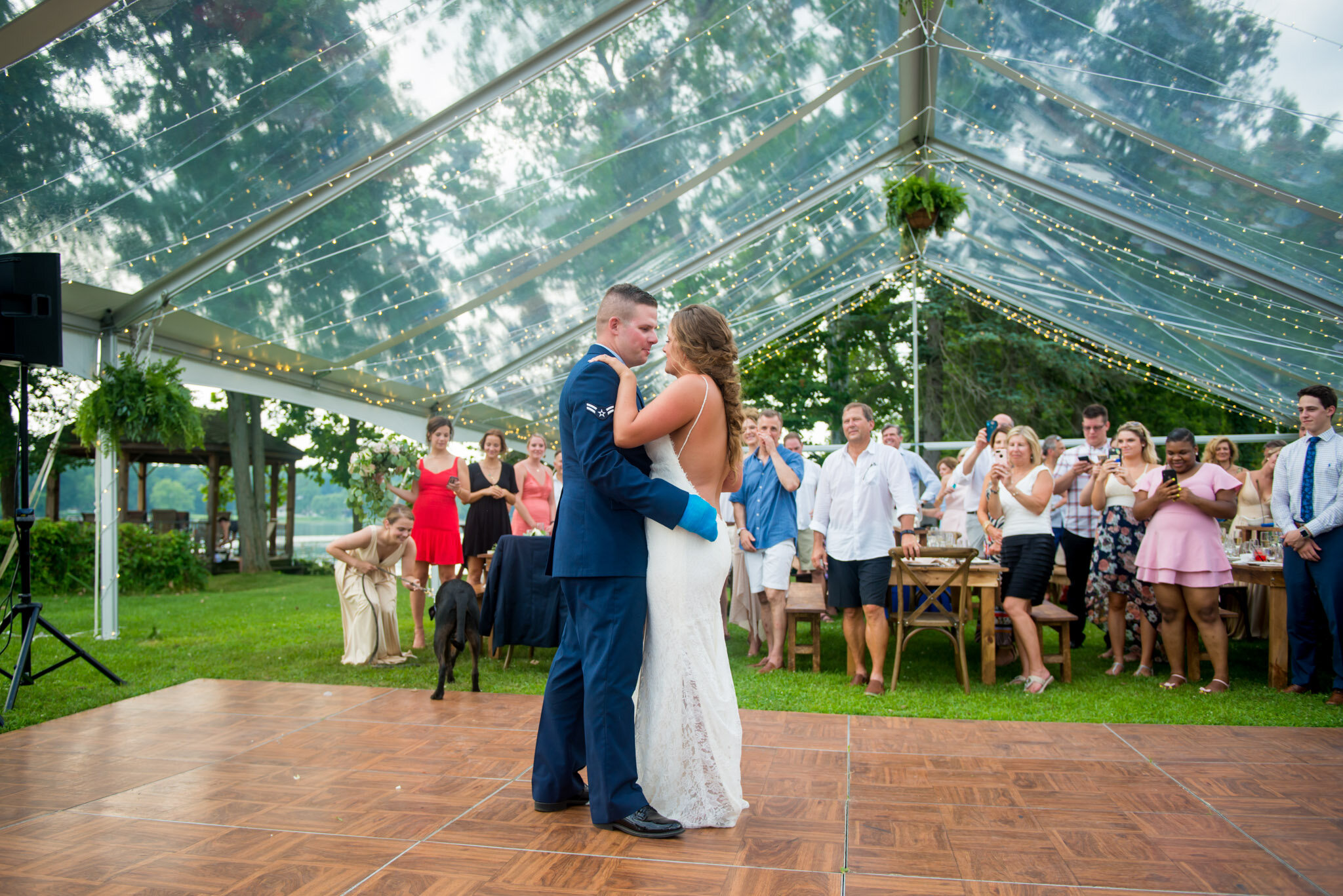A Life-changing Power in Lighting on Elevating Dance Floor Beauty
Wiki Article
Lighting plays a critical role in shaping the atmosphere of a dance floor. It can transform a plain space into an thrilling setting that improves the overall encounter for dancers and spectators alike. The right lighting can impact the vibe, dynamism, and even the style of the dance being performed. By using different types of lighting, such as focused lights, colored illumination, and flashing lights, event planners can establish a vibrant setting that captivates the audience and promotes involvement.
One of the key functions of lighting on a dance floor is to illuminate the performers. Spotlights can be used to focus attention on individual dancers or groups, making them the center of attraction. This technique not only showcases their movements but also adds a layer of drama to the performance. When dancers are illuminated effectively, their expressions and techniques become more visible, allowing the audience to appreciate their skills. This focused lighting can also help to create a narrative, leading the spectators through the show.
In furthermore to showcasing performers, colored illumination can greatly affect the atmosphere of the dancing area. Different colors evoke different emotions; for example, warm colors like red and orange can generate a sense of enthusiasm and vitality, while cooler colors like azure and green can promote calmness and relaxation. By strategically using colored lights, organizers can control the environment to align with the concept of the occasion or the type of the dance. This thoughtful approach to lighting design can enhance the complete experience for everyone involved.
Strobe lights and other dynamic lighting features can also add thrill to a dancing area. These features can generate a sense of rhythm and movement that complements the music being played. When synchronized with the rhythm, flashing lights can make the dancing area feel vibrant, encouraging dancers to move in time with the flashing lights. This connection between light and sound can boost the energy of the event, making it more enjoyable for both performers and audience. The use of such effects requires careful planning to ensure they improve rather than divert from the show.
Finally, the overall design of the lighting setup is crucial for establishing a unified look on the dancing area. A well-thought-out lighting plan considers the configuration of the blog link space, the kind of performance being performed, and the audience's encounter. By integrating various lighting techniques, such as background lighting, highlighting, and unique features, organizers can create a aesthetically impressive environment. This attention to specifics not only enhances the performance but also leaves a memorable impact on the spectators, making the event memorable. In summary, the powerful power of lighting is vital in improving dancing area appearance, creating an captivating and pleasurable encounter for all.
